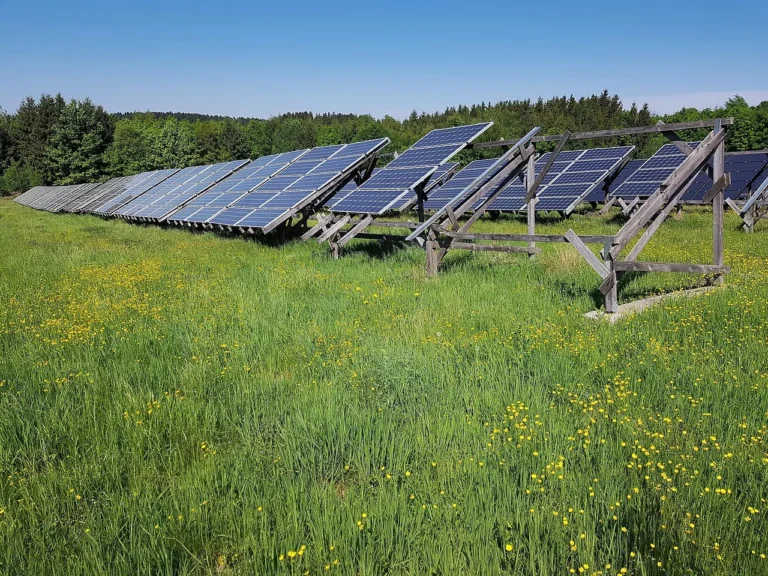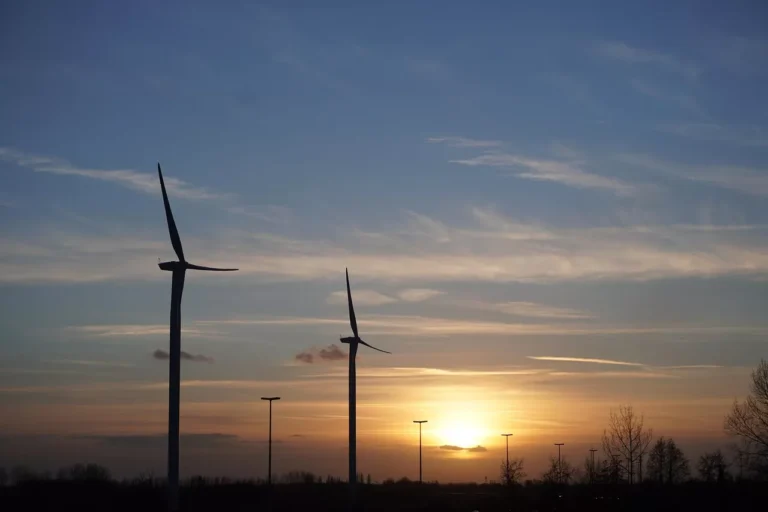
OEM Controls Partners with Budderfly to Slash Energy Use by 30%, Proving Energy Independence Is Within Reach for Mid-Sized Manufacturers
In an era where energy costs are skyrocketing and sustainability expectations are rising across every sector, many mid-sized manufacturers find themselves at a crossroads. They recognize the urgent need to modernize their facilities and reduce emissions, but the financial, operational, and logistical hurdles often make large-scale upgrades appear out of reach.
OEM Controls — a Connecticut-based leader in electrohydraulic controller systems with more than five decades of engineering expertise — has chosen not to wait for tomorrow’s perfect moment. Instead, it has partnered with Budderfly, one of the fastest-growing energy service providers in the U.S., to embark on a bold journey toward energy independence and operational resilience.
Through a comprehensive, turnkey agreement, OEM Controls’ 75,000-square-foot manufacturing facility in Shelton will undergo a transformative energy overhaul capable of cutting annual energy consumption by more than 30%. The partnership is more than a cost-saving initiative — it is a blueprint for how America’s manufacturing sector can transition toward sustainability without sacrificing productivity or profitability.
Rising Energy Costs Leave Manufacturers Searching for Solutions
For many industrial businesses, electricity has become one of the most unpredictable and burdensome line items. According to recent state utility data, Connecticut’s average commercial electricity rate reached 23.34 cents per kilowatt-hour (kWh) in May 2025 — one of the highest in the country. That figure marks a steep jump from 19.42 cents/kWh just one year ago, representing a 20.2% year-over-year increase.
Such volatility makes long-term planning nearly impossible, especially for mid-sized companies juggling thin margins, global supply chain pressures, and increasing demand for sustainable operations from OEMs and procurement teams.
Historically, manufacturers have faced immense barriers to decarbonization. Heavy machinery, long equipment lifecycles, and energy-intensive processes make rapid change difficult. Capital expenditures compete with product development, labor force expansion, and technology investments — leaving infrastructure upgrades at the bottom of the list.
Budderfly’s energy-as-a-service model aims to flip that equation.
A Turnkey Energy Transformation — Without a Penny of Upfront Capital
Instead of requiring OEM Controls to invest millions in new infrastructure, Budderfly is funding, installing, and managing a comprehensive energy upgrade across the facility. The scope of improvements includes:
- A 230 kWdc rooftop solar array, allowing OEM Controls to self-generate a significant portion of its power.
- Replacement of 18 outdated HVAC units with ultra-efficient modern systems designed to dramatically reduce heating and cooling costs while improving performance.
- Facility-wide LED lighting retrofits, replacing legacy fluorescent and halogen fixtures with smart, energy-saving illumination.
The benefits extend far beyond utility savings. Employees will enjoy brighter, more comfortable working conditions. New HVAC systems will improve air quality and regulate temperatures more consistently. Modernized lighting reduces eye strain and enhances safety across production areas.
And critically — the facility gains operational resilience. Highly efficient systems are less prone to failure, reducing downtime risk and ensuring production schedules remain uninterrupted.
Sustainability and Competitiveness Now Go Hand-in-Hand
What once required compromising between environmental responsibility and economic survival is now becoming mutually reinforcing. By avoiding upfront capital expenditures and unlocking immediate savings, OEM Controls is proving that sustainability can be a strategic advantage rather than a financial burden.
“Aging infrastructure and rising energy costs are common challenges in manufacturing, and partnering with Budderfly is helping us address both head-on,” said Keith Simons, co-president of OEM Controls.
“By modernizing our systems, we’re proving that even mid-sized manufacturers can take decisive, cost-effective steps toward a more sustainable, resilient future.”
Budderfly CEO Al Subbloie echoed the sentiment, emphasizing that this transformation is not about future promises — it’s happening right now.
“This partnership proves that the future of manufacturing isn’t decades away — it’s happening today,” Subbloie said.
“We’re showing that you can transform a facility’s energy infrastructure overnight with no upfront cost, no complexity, and immediate impact.”
Data Visibility and Compliance Built In
As environmental reporting standards tighten across global supply chains, companies are increasingly expected to track — and prove — their emissions reductions with measurable data. Many manufacturers, especially at the mid-market level, lack the tools, software, and personnel to maintain real-time energy performance dashboards.
Budderfly eliminates that problem as well.
The Shelton facility will be equipped with Budderfly’s integrated real-time energy monitoring and data management system, allowing OEM Controls to:
- Track energy consumption by system or zone.
- Verify cost and carbon savings.
- Automate sustainability reporting for large enterprise customers.
- Identify additional future opportunities for equipment optimization or electrification.
This visibility allows OEM Controls not only to improve their energy performance — but also to demonstrate accountability to clients seeking environmentally responsible partners.
A Blueprint for the Future of U.S. Manufacturing
OEM Controls is not Budderfly’s first success story in Connecticut, nor will it be its last. The company has already completed energy transformation projects for nearly 8,000 customer sites nationwide across multiple sectors — from restaurants and retail to healthcare and logistics. But manufacturing is emerging as one of the most compelling use cases for the company’s model.
Traditionally considered one of the hardest-to-decarbonize sectors, industrial facilities are now seeing a path forward that doesn’t demand compromise.
The OEM Controls partnership highlights four essential truths for the manufacturing community:
- Energy savings and modernization no longer require capital expenditure.
- Sustainability can enhance — not hinder — competitiveness.
- Visibility and data are essential currency in the new era of supply chain accountability.
- The time to act is now — the cost of inaction will only grow.
As Subbloie put it, “The manufacturers that move first will win.”
Lighting the Way for the Mid-Market
From automotive suppliers to precision fabricators to electronics assemblers, thousands of mid-sized manufacturers across the country are grappling with the same questions OEM Controls once faced:
- How do we reduce costs without cutting corners?
- How do we satisfy customer sustainability demands without draining capital reserves?
- How do we modernize our facilities without disrupting production?
OEM Controls has offered the industry a powerful answer: partner instead of purchase.
By embracing Budderfly’s energy-as-a-service platform, the company is not just reducing its utility bills — it is taking ownership of its future. It is proving that energy independence is not reserved for billion-dollar corporations or greenfield tech startups. It is available — starting today — for any company willing to make the leap.










